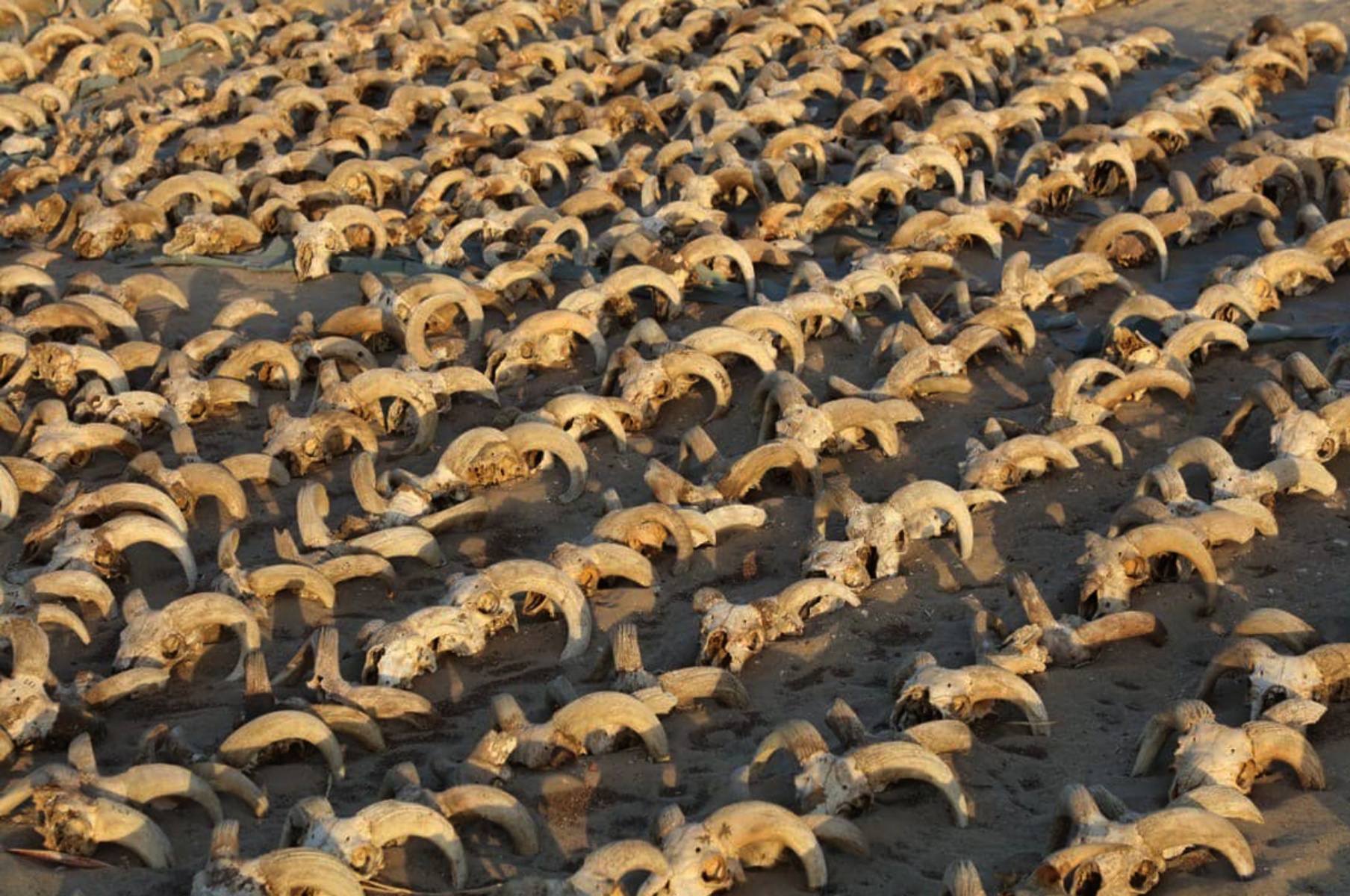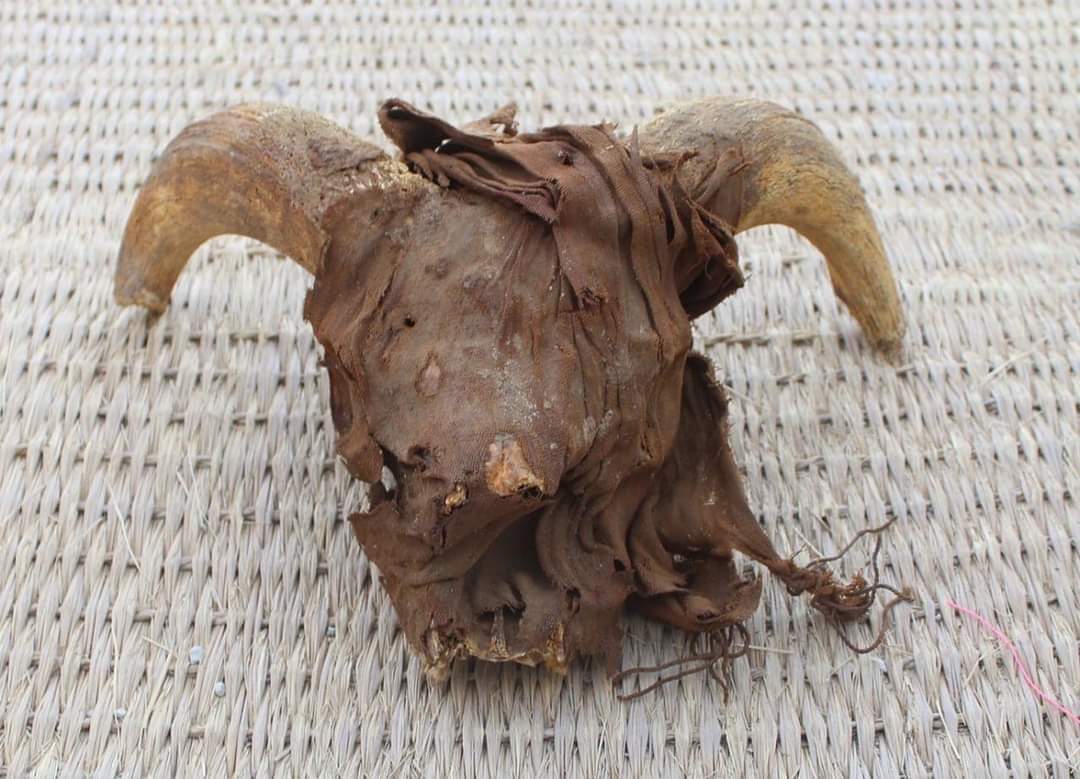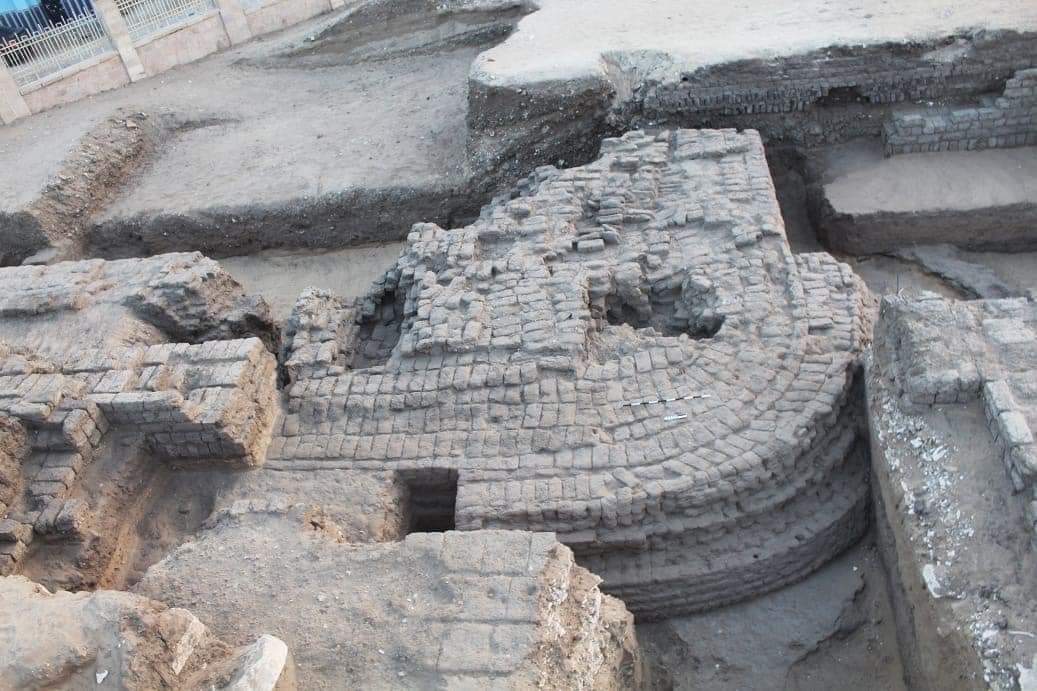
According to the head of the mission, Dr. Sameh Iskandar, the mummified ram heads discovered in the Temple of Ramesses II date back to the Ptolemaic period, which spanned from 332 BC to 30 AD. Their discovery in the temple is significant, as it suggests that reverence for Ramesses II continued for up to 1000 years after his death.
A statement made by Dr Mustafa Waziri, Secretary-General of the Supreme Council for Archeology, revealed that the mission also uncovered a number of other mummified animals near the ram heads, including goats, dogs, wild goats, cows, deer, and an ostrich, found in a newly discovered warehouse room within the northern area of the temple.

In ancient Egypt, the ram was an important symbol of power and fertility, and it was associated with several deities, including the ram-headed god, Khnum. Khnum was considered the god of the source of the Nile and was believed to have created humans on a potter’s wheel using clay from the Nile. He was also associated with fertility, creation, and rebirth.
Khnum was often depicted with the body of a man and the head of a ram, and he was worshipped in temples throughout Egypt. The ram was considered a sacred animal and was often mummified, either as an offering to the gods or as a symbol of power and fertility. The importance of the ram god in ancient Egyptian culture is reflected in their art, religion, and mythology.
Archaeologists made significant discoveries in the past concerning mummified rams in Egypt. In 2009, a tomb containing 50 mummified rams was uncovered in the Karnak temple complex in Luxor, while in 2014, a mummified ram with gilded horns and an intricate collar was found in an ancient cemetery in Abydos. However, the recent discovery of over 2,000 ram heads is by far the largest of its kind in Egypt. Many of these heads were decorated, indicating they were used as offerings.
In addition to the mummified heads, the archaeological team from New York University’s Institute for the Study of the Ancient World, also discovered a large Sixth Dynasty palatial structure with a distinctive and unique architectural design, including five-meter-thick walls. Archaeologists indicated that this building will lead to a reevaluation of the activities and architecture of Abydos in this era, as well as the nature of the activities that took place before Ramesses II established his temple.

The mission also succeeded in uncovering parts of the northern wall surrounding the Temple of Ramesses II, which adds new information to scientists’ understanding of the site since it was discovered more than 150 years ago.
They also found parts of statues, remains of ancient trees, clothing, and leather shoes. The team will continue their excavation work on site to uncover more about the history of this site and study and document what has been uncovered during the current excavation season. The discovery provides valuable insights into the history of the Temple of King Ramesses II and the surrounding area, shedding new light on the temple’s archaeological and historical significance.